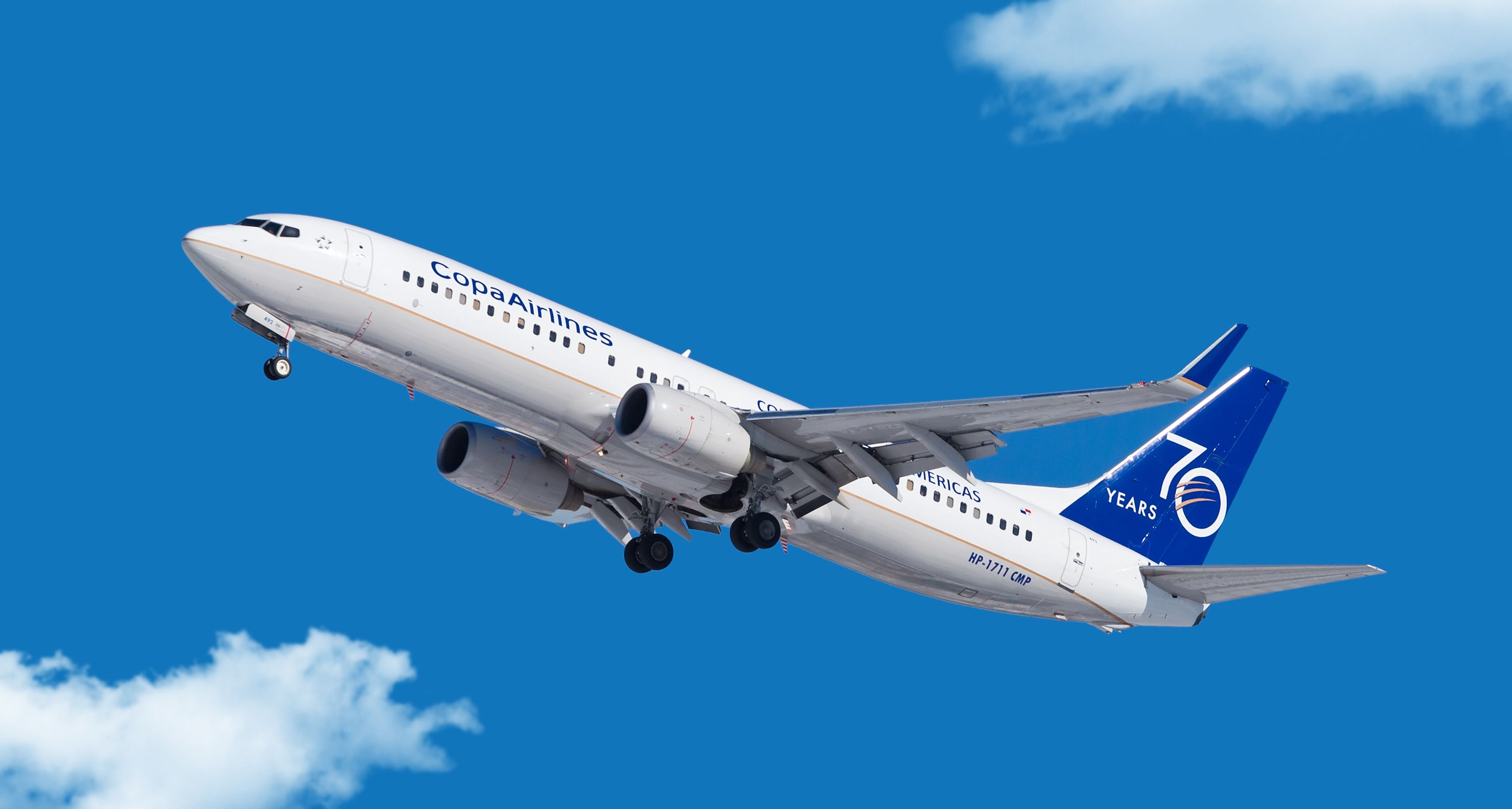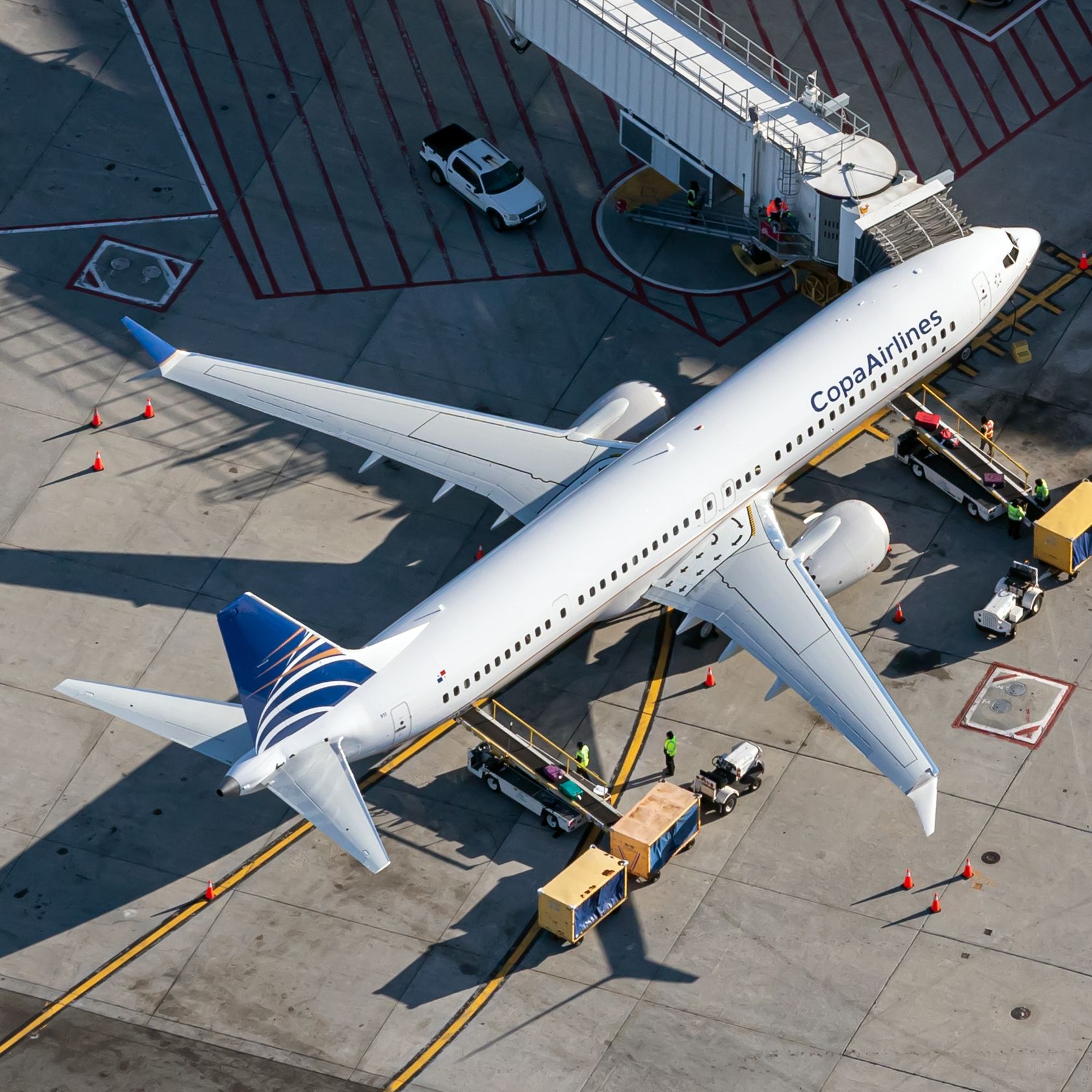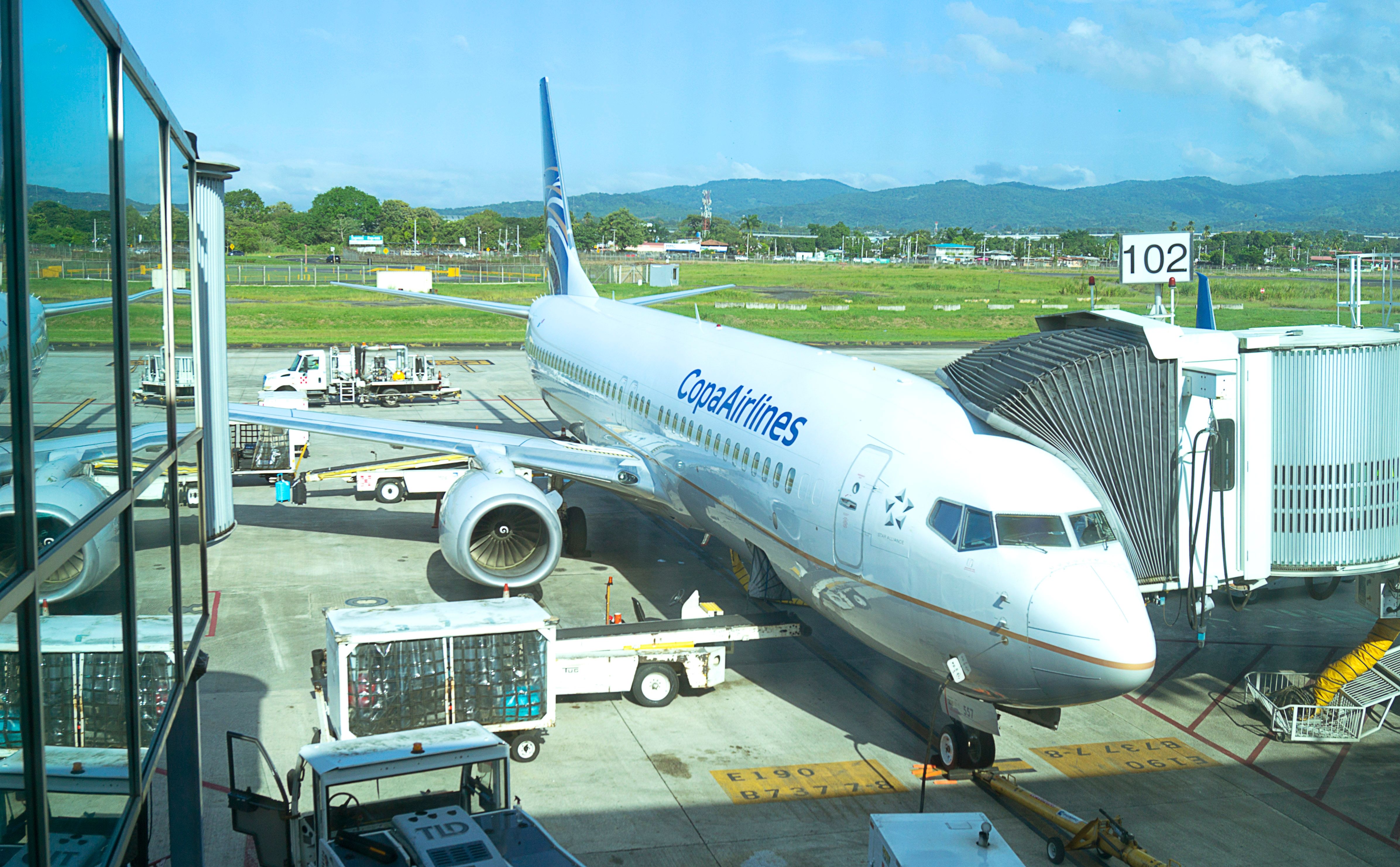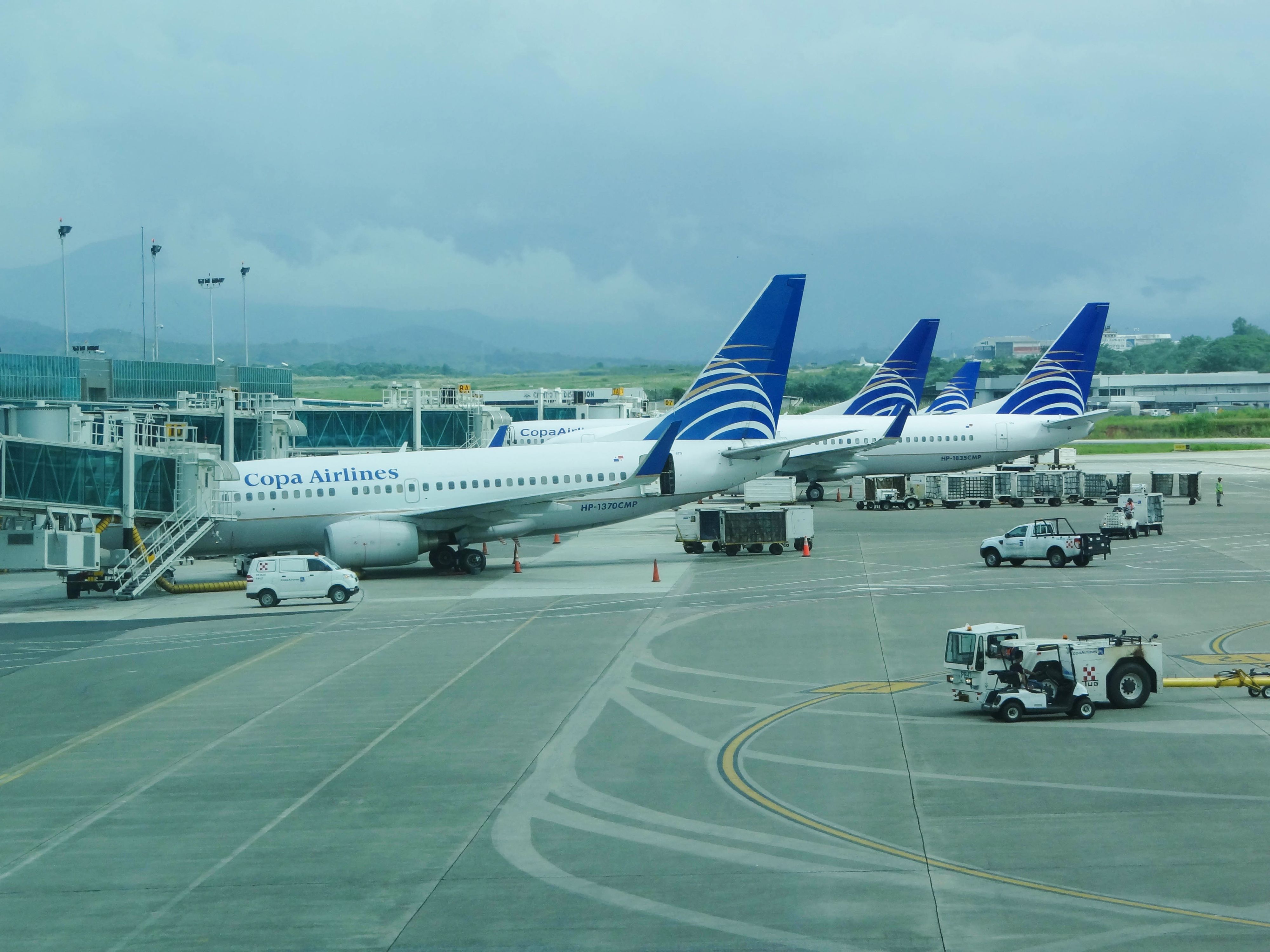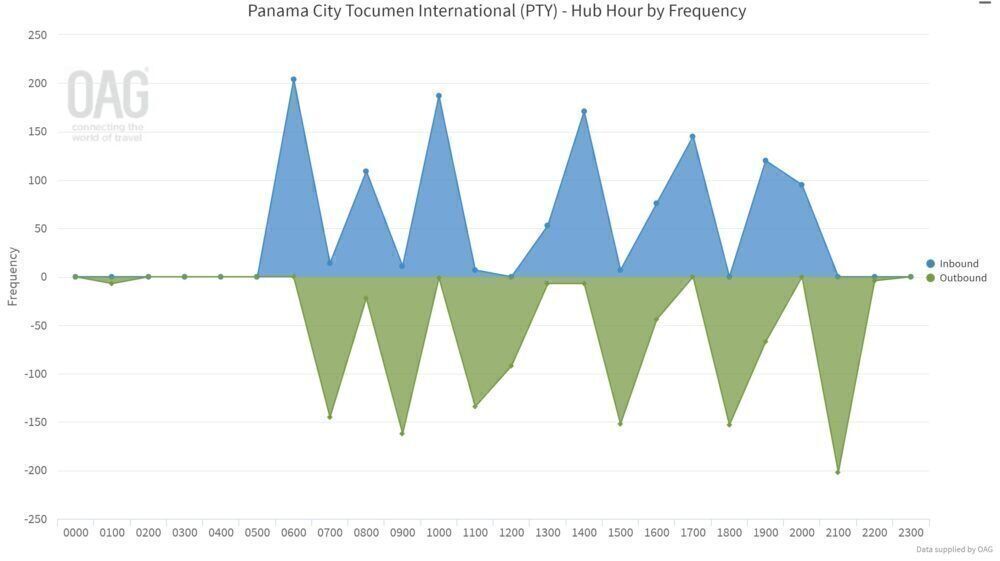The flag carrier of Panama, Copa Airlines, utilizes its unique position between North and South America to provide one-stop connections across the continents. The airline has a fleet comprised entirely of Boeing 737 aircraft, which can serve routes across the region. Fundamental to Copa's success is its so-called 'Hub of the Americas,' which has very well-coordinated waves and high frequencies.
Creating the Hub of the Americas
With the addition of three new routes this summer, Copa Airlines expands its network to 85 destinations in 32 countries across the Americas. The Star Alliance carrier is uniquely positioned to take advantage of its location to provide passengers with seamless connections across the Americas thanks to its "Hub of the Americas" (Hub de las Americas).
Want answers to more key questions in aviation? Check out the rest of our guides here.
Capitalizing on its Panama City base, Copa Airlines uses the hub-and-spoke model to offer seamless connections for passengers across its network thanks to several crucial factors present at its base at Tocumen International Airport (PTY) in Panama City:
- A central geographic location and favorable climate which allows it to be open 24 hours a day, 365 days a year
- Fast connections without the need to clear immigration and customs
- Two runways
- Sea-level height that allows aircraft to extend their range
The increase in range is especially important for Copa, which operates a fleet of narrowbody aircraft.
All narrowbodies
Copa's fleet now comprises a single aircraft family: the Boeing 737. According to data from ch-aviation, the airline had almost 100 models in its fleet at the beginning of 2024, comprising the following variants:
-
Boeing 737 MAX 9
- A - 16 seats in Dreams Business Class and 150 in Main Cabin (13x)
- B - 12 seats in Dreams Business Class and 162 in Main Cabin (16x)
-
Boeing 737 MAX 8
- 16 seats in Dreams Business Class and 150 in Main Cabin (2x)
-
Boeing 737-800
- A - 16 seats in Dreams Business Class and 150 in Main Cabin (23x)
- B - 16 seats in Dreams Business Class and 144 in Main Cabin (36x)
-
Boeing 737-700
- 12 seats in Dreams Business Class and 114 in Main Cabin (9x)
Like many airlines, Copa's fleet has streamlined since COVID-19 shook the world. It retired its Embraer 190s, which were acquired in 2020 by Australia's Alliance Airlines, and it removed its lower-capacity B737-700s. Copa's Embraers proved vital in developing routes and offering higher frequencies, crucial for the carrier's hub. However, cost savings from a more uniform fleet and lower seat-mile costs from bigger aircraft no doubt offset this.
Over 80 destinations from Panama City
The carrier is adding flights to three new destinations this summer: Tulum, Mexico; Florianopolis, Brazil; and Raleigh-Durham, North Carolina, United States. With the addition of these routes, Copa Airlines expands its network to 85 destinations (including Panama City) in 32 countries across Central America, South America, North America, and the Caribbean.
- 41 in South America
- 16 in the Caribbean
- 18 in North America
- 8 in Central America (excluding domestic)
- One domestic route (David)
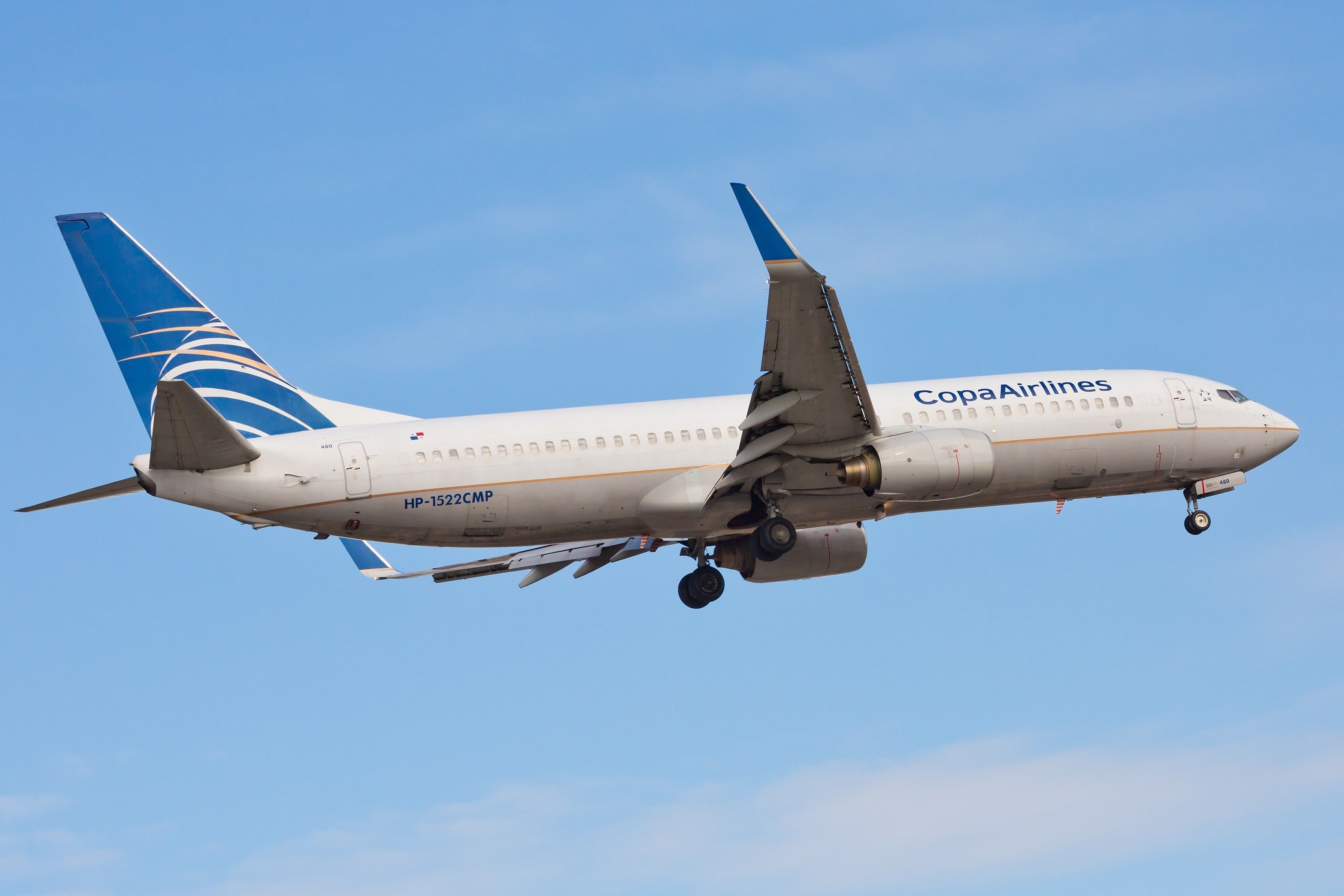
18 Destinations: Copa Airlines Has A Record US & Canadian Route Network
Only one US destination has been cut from its network.Many of its routes see multiple daily frequencies. Destinations, including Bogata, Medellín, Miami, Punta Cana, Cancun, and San Jose, Costa Rica, all have more than 200 flights scheduled in each direction in July.
A center for connections
Copa has well-defined arrivals and departures, with six clear waves in all. A wave comprises one arrivals bank and one of the departures, as is illustrated below. This high level of coordination means that connections are often around 90 minutes.
Get all the latest airline route news right here.
Key in this are high frequencies, resulting in greater convenience, usability, and competitiveness. Commenting on the airline's recent announcement of flights to North Carolina and two other destinations, Pedro Heilbron, CEO of Copa Airlines, noted how vital the airline's hub is in facilitating connectivity:
"We remain steadfast in our purpose to shorten distances and facilitate connections, allowing Panama to continue being the bridge that unites thousands of people throughout the continent, while contributing to the economic development of the communities where we operate.
"This strategic expansion not only promotes cultural exchange in the region but also encourages and deepens tourism and business ties in the United States, Mexico, and Brazil. It also opens up the opportunity for more tourists to enjoy the wonders of Panama through the Panama Stopover program."
Copa has many core markets, which it strongly defends, helped by its high presence. It has also has a close, positive relationship with the Panamian government. This is similar to that between Ethiopian Airlines and the Ethiopian government, which has been part of that airline's success.
Another more obvious 'success element' is its disciplined approach and genuine willingness to avoid things, such as widebody aircraft and intercontinental services, which could risk its whole existence. This avoidance is clearly demonstrated in its 737-only fleet and disposition toward schedule bunching, as shown above.
What do you think about COPA? Add a comment!

